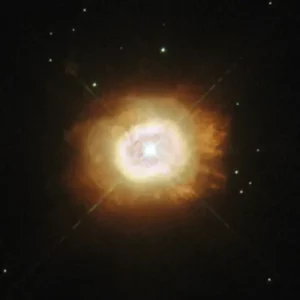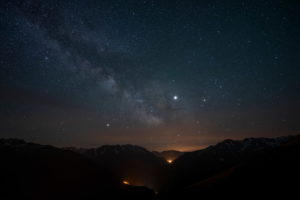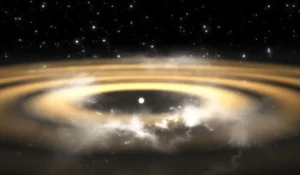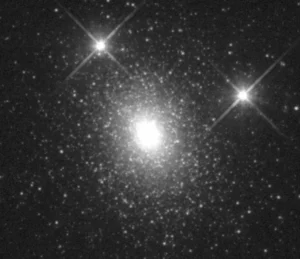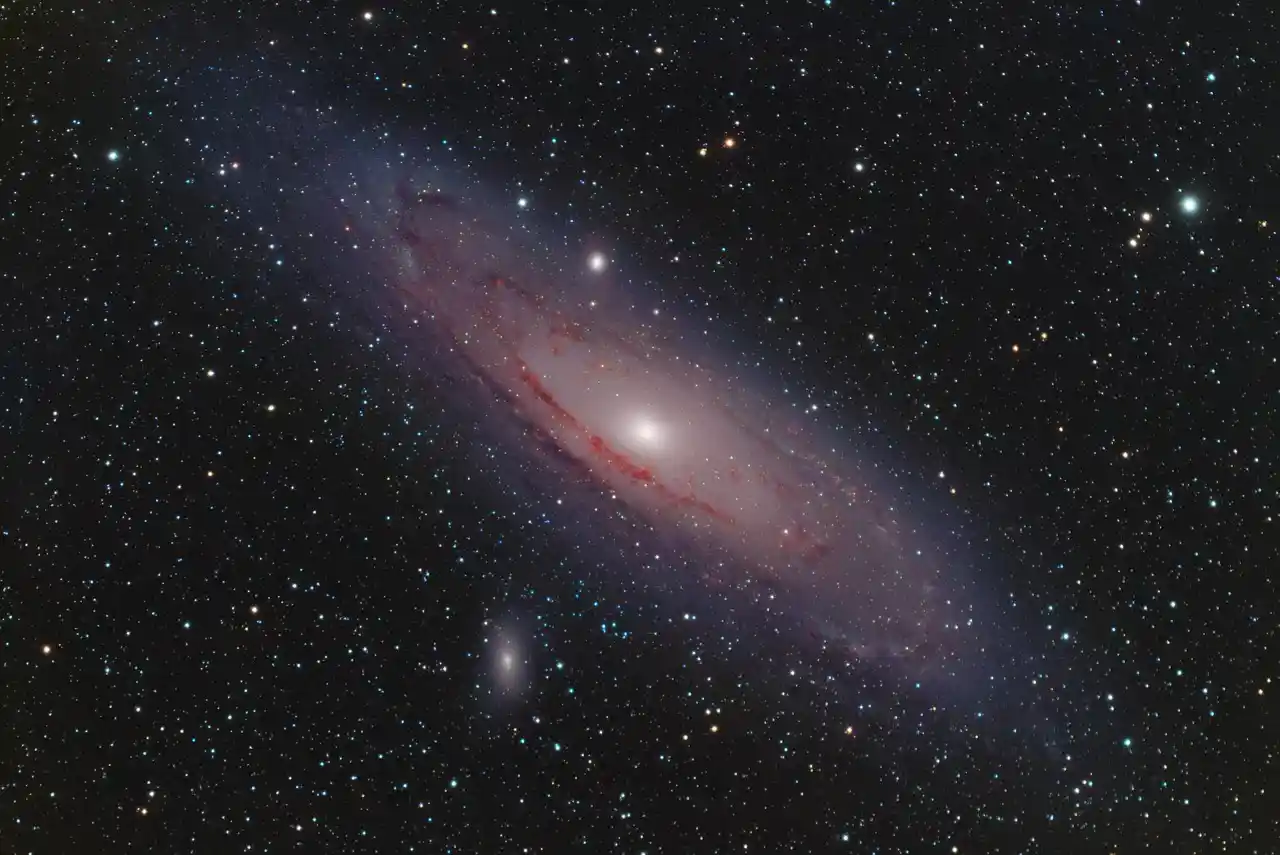
M31, M32 and M110 – Galaxies in Andromeda
M31, the great Andromeda Galaxy, is one of the most famous objects in the entire sky, and the nearest of all spiral galaxies. This object was first mentioned by the Persian astronomer Al Sufi in the 10th Century, but the world became aware of its existence only in 1764 when Charles Messier included it in his catalogue. Messier has also made a drawing showing M31 and its companions M32 and M110 within the boundaries of the Andromeda constellation.
On clear nights M31 can be seen with the naked eye as a hazy smudge, and binoculars show its elliptical shape that can be traced to its full extent of over two degrees. That is four times the width of the full Moon!
M31 is not very spectacular when observed with a telescope. Even the largest instruments reveal only the brightest central part of the galaxy, an elongated patch which gradually brightens in the center to a nearly star-like nucleus. 8-inch or larger telescopes reveal the prominent dark lane on the northwest edge of the galaxy’s core, and the bright star clouds near the south-tip.
These faint details are pretty hard to spot, but averted vision will help a lot. When observing M31 use a wide-field eyepiece, otherwise, you won’t be able to fit the galaxy in the visual field.
Two more satellite galaxies lie near M31. The brightest of these is 9th-magnitude M32, located half a degree south of M31. The other satellite is M110, one degree northwest of M31.
These two satellite galaxies are pretty faint, and the key to viewing them is to set up your scope away from local lights on a dark, transparent, moonless night.

Emil, an avid astronomy writer, formerly owned and ran nightskyinfo.com, making the universe more comprehensible for his readers. He has recently handed over its reins to Tom Urbain from starlust.org, ensuring that his legacy of simplifying the stars continues to enlighten and inspire.
Discover More Deep Sky Objects to Observe🔭
This page is part of our collection of deep-sky objects articles. If you enjoyed the read, then you’ll love the following articles.

